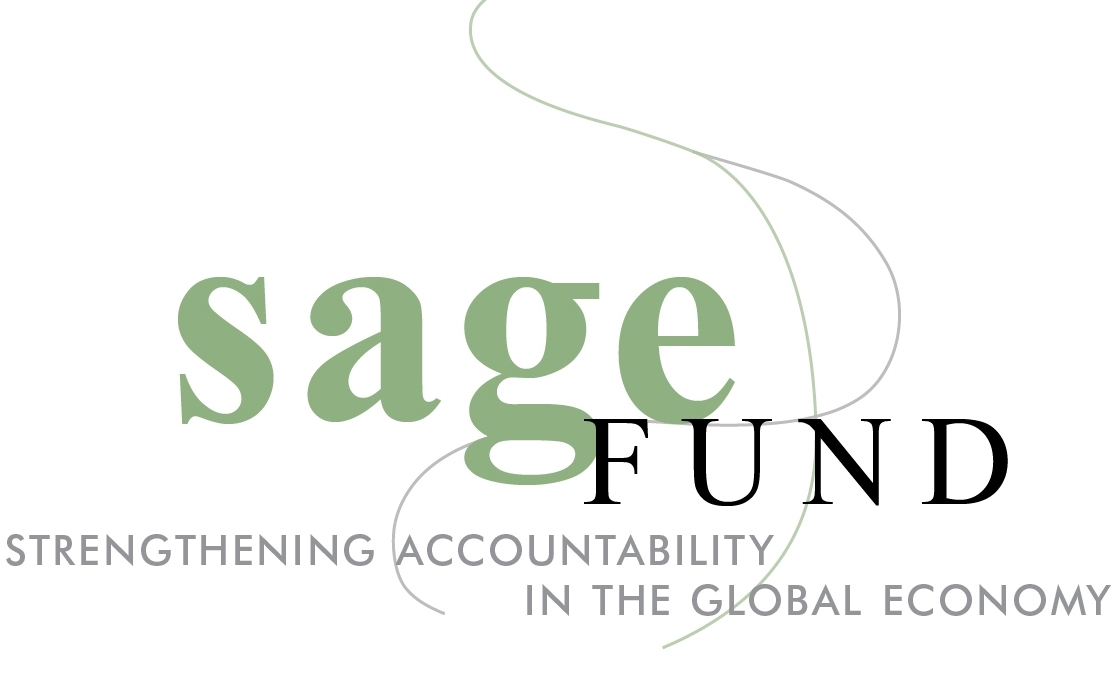investment chain mapping tools
In 2015, the SAGE Fund supported its first round of grants piloting tools for investment and supply chain mapping and accountability. This round of grants created groundbreaking tools such as Follow the Money, InformAcción, and Disclosure Gap. Over the next several years, groups in the field tested and experimented with the application of these new methodologies, further developed their potential, and demonstrated their impact.
In order to build upon the learning from this first round of grants, the SAGE Fund convened a small cross-section of groups that have developed research and advocacy tools for strategic corporate research, investment and supply chain mapping, and financial sector advocacy. The objectives of the convening included:
Take stock of the current array of tools, assess their impact, highlight organizational infrastructure needed to make them more accessible to allied groups and affected communities, and identify opportunities for strengthening and scaling.
Facilitate a strategy exchange between the “developers” of these tools (groups in the field) to build a community of practice and support further development, more effective use of available tools, learning, and innovation.
Provide donors and NGOs with a clear map and next steps of what is needed to build an ecosystem of tools, capacity and groups to leverage greater human rights accountability of economic actors.
Build a community to actively disseminate a set of tools and expand their usage, creating greater accountability and impact in the field.
Ahead of the convening, an initial mapping was carried out to identify the strategic corporate research, investment chain mapping and financial sector advocacy tools currently available. The mapping was further developed with input from the participants at the convening and is made available below.
During the convening, tool developers and funders assessed the outcomes of the tools as well as their untapped potential to further advance strategies to prevent and remedy corporate-related harms. Participants were challenged to reflect beyond their own experiences of developing and using a specific tool, situating themselves within a broader “field” in order to collectively examine the tools. Toward this aim, participants engaged in a substantive exchange about the impacts of their tools, identifying gaps that would need to be met to make them more accessible and effective. Collectively, they reflected on opportunities for greater collaboration, innovation, development and dissemination across the set of tools represented. The convening was a first step, recognizing the need to broaden the scope of reflection and to engage the users and ultimate beneficiaries of these tools at a later date for a more comprehensive assessment. A summary of the key learnings of the convening is made available below.

